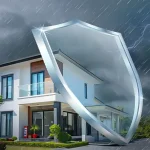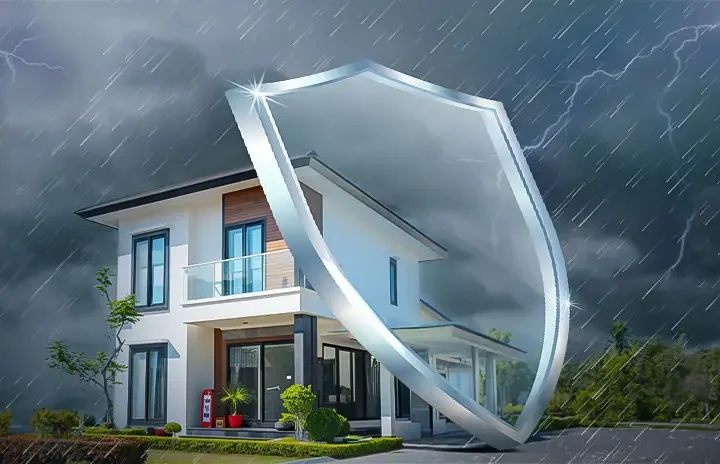Many modern home designs integrate technology to optimize both function and aesthetic sophistication, including climate-controlling and entertainment systems that can be automated and powered by voice-activation. The purpose of smart-home upgrades, like other smart gadgetry, is to create technologies that are sleek and unobtrusive.
One defining feature of house design today is the open floor plan. The space is open, and bare floors are a current trend. Going along with this aesthetic, area rugs can help you subdivide a room and create visual separators without imposing a lot of visual obstruction.
Digital design tools
It is easy to blur the distinctions between contemporary and modern design, but when you look at the details, they do in fact differ. Both, in some ways, converge dangerously upon the same field, united by a lingua franca of open floor plans, lean lines, neutral, organic palettes and the like, but there are a few distinct differences.
An important difference between the structures of modern and contemporary houses is the us of large windows to let in natural light, layouts that encourage the circulation of air and facilitate transitions between rooms, and a minimalist aesthetic that exploits negative space as a container for statement pieces.
Modern designs today have an artful hodgepodge of mediums bigger to smaller work, or gegometric square, checkerboard and zigzag design hallways across various room decor elements to add detail or spice to an overally rather plain, but sophisticated design and add texture to the curb appearence. Aesthetically it raises the eye appeal and sophistication.
Smart home systems
Ensuring the integration of smart home systems grants homeowners the capability to manage their entire home with nothing more than a click or a voice command, all the way from the kitchen to the bathroom and everything else in between. Technology grants the ability to control; it affords the chance to experience one’s surroundings according to one’s own specifications.
The homeowner’s voice assistant or sensors can be used to turn on the lights, to set thermostats to a preferred temperature, to play the user’s favourite songs, or to give them the latest weather for the day. Meanwhile, sensors can be used to automatically activate other machines, such as washing machines and coffee makers, at certain times of the day.
Homes equipped with smart technology are more security safe for the home’s dwellers, more energy efficient, and give seniors the ability to stay at home longer with health monitoring services. Still, these home devices have their downsides — some are hard to navigate or expensive; and that’s why home designers are intent on integrating smart home devices into the home design process.
Sustainable building materials
Modern homes have open floor plans and simple structures, frequently constructed of natural materials intended to encourage a link with nature. Many also have large expanses of glass, used to merge in- and outdoor areas.
For many builders, using cement and steel – some of the most carbon-intensive building materials available – is not an option when building sustainably, since timber, clay, straw or hemp alternatives may be progressively more eco-friendly. The greening of existing materials is also crucial in reducing emissions, improving energy efficiency and reducing embodied emissions.
Another use of sustainable building materials that uses mycelium as the base and agricultural waste as a construction filler is the so-called mushroom-based composites. Mushrooms brain (mycelium networks) glue together waste agricultural products to form a strong yet biodegradable construction material with no harmful byproducts created in production process and much less energy spent on its manufacturing. Hence, this green building construction material will replace concrete blocks as the most affordable replacement option for walls and foundations.
Virtual reality and augmented reality
Virtual reality (VR) plunges you into a computer-generated world while augmented reality (AR) overlays virtual elements on top of the real world around you. Most augmented reality apps are designed for phones, while virtual reality headsets allow you to immerse yourself in 3D environments.
VR and AR are swiftly becoming indispensable tools in residential design, helping the designer as well as the client to visualise the space throughout the design process.
Here, AR home design apps allow you to visualise a two-dimensional element – from paint colour and wallpaper pattern to blinds – that you might want to see in place. As a result, you can reduce wasteful returns or wasteful regret, because you can now see what you are buying long before you install it.












More Stories
Black and White Living Room
The Role of Transformers in Power Distribution and Grid Stability
From Concept to Reality: Tips on How to Navigate the Home Renovation Process